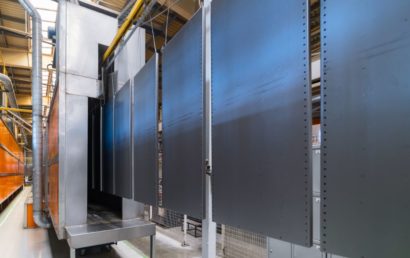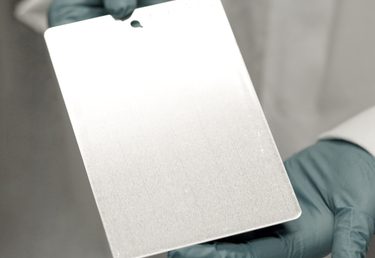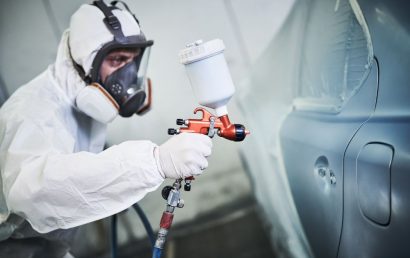Stainless Steel Guidelines for Best Application Outcomes
When stainless steel gets rusty, people frequently want to know who’s to blame, how to fix it, and what could have gone wrong. How can it be stainless if it rusts? Though stainless steel applications usually work as intended, there is any number of instances where the performance of the material fails. This failure and its causes usually fall under several basic categories. What almost all of them have in common, however, is that the situation could have been significantly improved, if not prevented, through a little basic knowledge.
After all, an ounce of prevention is worth a pound of cure!
Cleaning Stainless Steel Materials
While the soon to be discussed coatings and correct use of stainless steel is vital, knowing how to best clean your stainless steel parts and surfaces is essential. To better learn how to properly care for stainless steel where cleaning is concerned, click here.
Corrosion Resistance through Surface Finishes
When it comes to corrosion resistance, possibly one of the best tips for prevention lies in protective surface finishes. Protecting your stainless steel surface is just as important as selecting the proper grade of stainless steel. Maximum corrosion resistance is provided by a brightly polished surface. Surface finishes can be applied through a variety of application methods utilizing a number of different chemicals or materials. If there is any doubt as to the appropriate surface finish, specialists such as those at A&A Coatings should be contacted for advice.
And since grade was just referred to, the advice given here would be incomplete without mentioning the importance of choosing the right grade of stainless steel. Though it almost goes without saying, severe consequences can be the result of an incorrect grade being chosen.
Stainless Steel Welding
When, compared to the parent material, a reduced corrosion resistance is evident on an oxidized surface, it can be referred to as heat tint. Some degree of this condition will always result in welds in stainless steel, apart from some specialized processes. To assure proper corrosion resistance, a form of post weld treatment is the recommended normal practice. This can only help to reduce needless rectification costs down the line.
Stainless Steel and Carbon Segregation
Sometimes, it isn’t the stainless steel that is rusting. When a stainless steel surface is contaminated by carbon steel, sometime during the process of production, it is the carbon steel that more frequently rusts. Carbon steel contamination occurs frequently from wire brushes, cutting sparks, grinding dust, chains, ropes, lifting gear, and tools. To avoid this type of contamination, carbon steel and stainless steel should be fabricated in separate workshops or, if that is not an option, at least in separate areas.
Managing the Site
Even if, during fabrication, everything is done well, entire projects have been ruined by sight practices that were inappropriate. Just as everywhere in the process, much attention must be paid to site installation. But, appropriate site management for one type of building material may not be what’s best for a different building material. For example, splashing highly acidic cleaners used in brick and masonry will have a severe effect on stainless steel surfaces.
Does Stainless Steel Have a Downside?
It’s true that surfaces and materials made from stainless steel are highly resistant to environments that promote corrosion. But, every surface that is stainless steel is not protected naturally from something referred to as ‘galling’. Galling is a type of severe adhesive wear and may also be referred to as ‘cold welding’. When, under a sufficient load, two metal surfaces remain in relative motion, the transfer of material is facilitated. Galling of the surfaces results when those metal surfaces are exposed to high stress conditions or poor lubrication. Large fragments and surface protrusions form over a bigger surface area and should not be ignored due to the fact that they could lead to metal components seizing. Treating components and surfaces with protective coating prevents this disastrous condition.
For more than 70 years, A&A Coatings has been protecting stainless steel surfaces and other parts, components, equipment, and products against wear and corrosion. We understand that a company’s bottom line can be severely affected when parts fail and equipment breaks down. It is our number one goal to assist your company in remaining productive and current in the latest, most updated thermal spray protective services.
If you would like to learn more about what A&A Coatings can do for your stainless steel parts and surfaces, contact us today.



